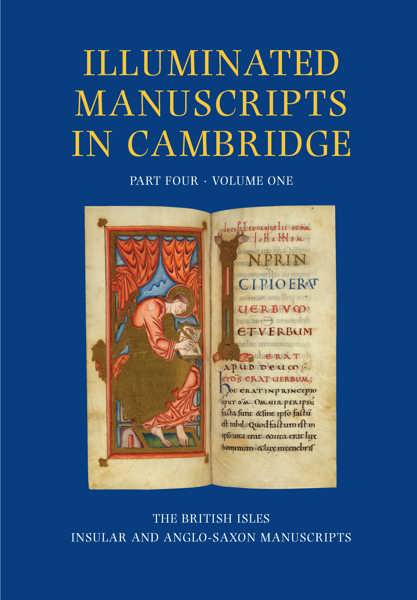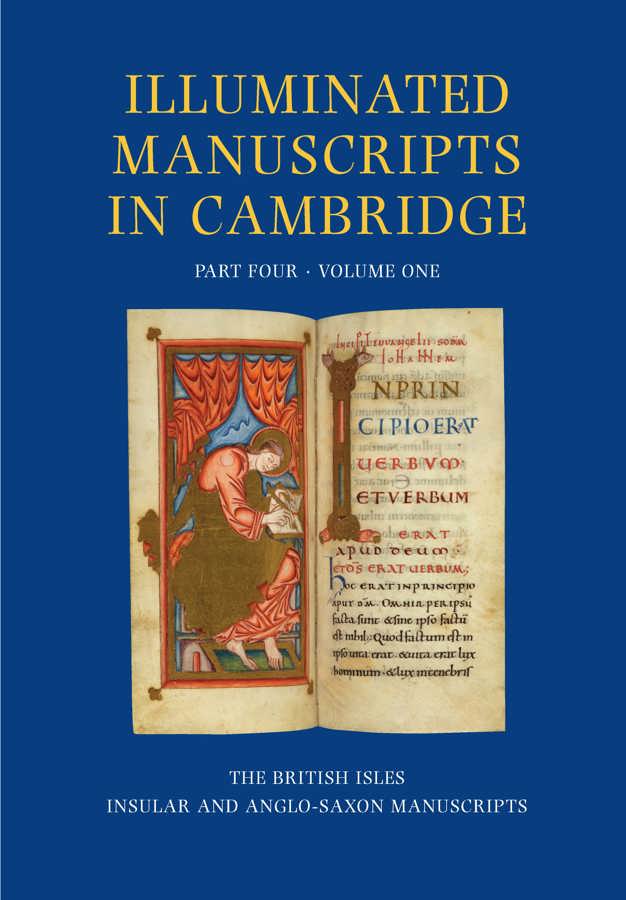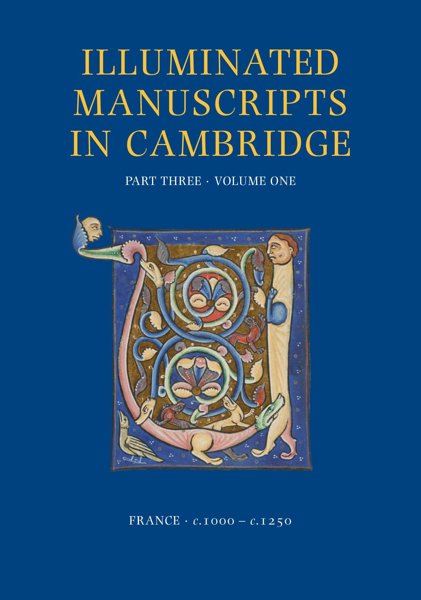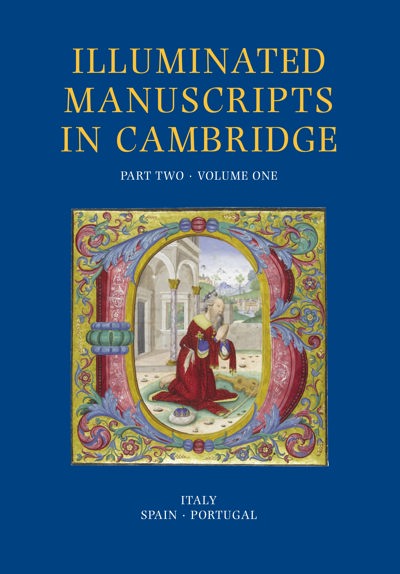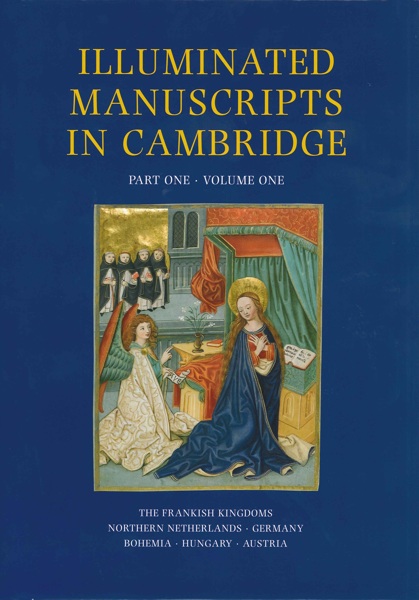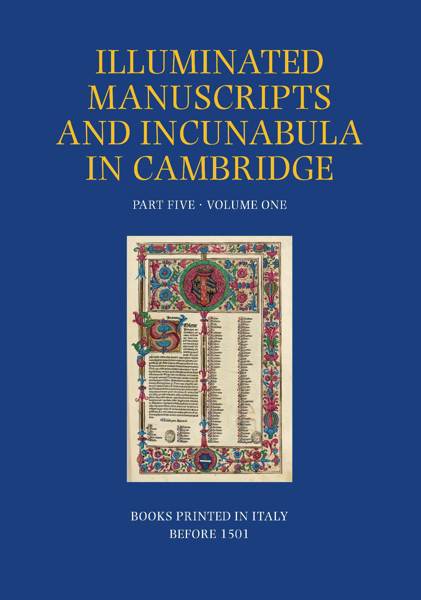
A Catalogue of Western Book Illumination in the Fitzwilliam Museum and the Cambridge Colleges. Part Four: England, Ireland, Scotland, Wales. Volume One: Insular and Anglo-Saxon Manuscripts
Stella Panayotova, Nigel J. Morgan (eds)
- Pages: 360 p.
- Size:230 x 330 mm
- Illustrations:440 col.
- Language(s):English
- Publication Year:2014
- € 210,00 EXCL. VAT RETAIL PRICE
- ISBN: 978-1-909400-04-7
- Hardback
- Available
"This beautiful volume is the latest in the extraordinary series devoted to illuminated manuscripts in Cambridge. (...) The illustration in color of so many details of text ornamentation is both unusual and highly praiseworthy. (...) Any scholarly library needs this volume, and, though not intended for the general reader, it provides access to many gorgeous and fascinating books. Summing up: Highly recommended" (L. Nees, in: Choice, August 2014)
"These volumes show again the enormous debt owed to Harvey Miller Publishers where manuscript studies and medieval art are concerned." (Rowan Watson, in: The Art Newspaper, n° 260, September 2014)
"À l’importance, à tous points de vue, des manuscrits réunis, et du travail scientifique mené pour l’établissement des notices, s’ajoute entre autres l’excellence de l’apparat critique, dont les nombreux index. Il est à souhaiter que de nombreuses bibliothèques puissent rapidement disposer de cette série qui constitue un outil de premier ordre pour tous les spécialistes des études médiévales." (Christian Heck, dans: bulletin monumental, Tome 173-1, 2015, p. 86-87)
"For those interested in the history of script, decoration, ornament, display, script, layout, and hierarchies, the catalogue is a jewel. (...) this handsome catalogue illustrates how an intelligently conceived, specialized, high quality publication can make an outstanding contribution to understanding several dimensions of manuscript history and intellectual life." (Patricia Stirnemann, in: AMARC Newsletter, no. 64, May 2015, p. 23-24)
"The most immediately noticeable feature of this volume is its splendour, deriving from a combination of large format, the use of digital technology to produce crisp illustrations in full colour, generously scaled, and sensitive and elegant layout.(...) scholars other than art historians will surely welcome the full descriptions and reproductions of such books, often much superior to what is available elsewhere." (R. M. Thomson, in: Parergon 32.2, 2015, p. 345-346)
"Morgan, Panayotova, and their collaborators deserve our thanks for this fine catalogue, which will serve future generations of medieval historians as their first introduction to the unrivaled collection of early medieval English manuscripts in Cambridge. Readers will benefit from the formidable bibliography, as well as the indices of iconography, ornamental motifs, named scribes and artists, known binders, types of books and authors. As a bonus, this volume also includes descriptions and images of thirteen Frankish manuscripts dating from the eighth to the tenth centuries as an addendum to the first catalogue in the series (pp. 276–322)." (Scott G. Bruce, in: Mediaevistik 28, 2015, p. 386-387)
"Ein schöner, solider Band, der ohne Effekthascherei auskommt." (A.M.-R. in Deutsches Archiv für Erforschung des Mittelalters, 73/1, 2017, p. 264)
This publication is the first volume to appear in the catalogue series devoted to the British Isles and covers Insular and Anglo-Saxon manuscripts produced between c. 700 and c. 1100 AD. This was a period in which Britain witnessed a great blossoming of cultural awareness and artistic craftsmanship. Under the reign of King Alfred towards the end of the ninth century England experienced a renewed impetus for scholarly activity, and as a result the production of books intensified greatly. By the early tenth century, influenced and inspired by new trends and ideas from Continental Europe, English art began to flourish, and manuscript illumination especially made a great impact with the high quality of its figure style and decorated initials, and with its elegance of script and mise-en-page.
Cambridge is fortunate in having a significant collection of manuscripts from this period, and the ninety-seven works catalogued and richly illustrated here are amongst the finest surviving examples of Anglo-Saxon decoration. Included here are the fragmentary yet striking remains of a once magnificent early eighth-century Northumbrian Gospels, while an early tenth-century copy of Bede’s Life of St Cuthbert contains a full-page image of King Aethelstan offering a book to St Cuthbert, that may be the earliest presentation scene surviving in England. In another tenth-century manuscript, Amalarius of Metz’s Liber officialis, one may see the fullest repertoire of ingenious interlace and zoomorphic initials—the high-point of Anglo-Saxon drawing skills. In yet another Gospel book, from the early eleventh century, a de luxe manuscript resplendent with gold, one can find all the characteristic features of Anglo-Saxon iconography and style, including exuberant frame ornamentation, as well as examples of drapery with "agitated fluttering hemlines", the hall-mark of Carolingian-inspired draughtsmanship.
In addition to the detailed catalogue of Anglo-Saxon manuscripts produced in England, Ireland and Wales, the volume also includes an Addenda to the previously published Part One of this series, listing thirteen Frankish manuscripts from the eighth to the tenth century that had not been catalogued before. Among these is the well-known copy of Hrabanus Maurus’ De laudibus sanctae crucis whose place of origin and circumstances of production still remain to be established. Every manuscript catalogued is illustrated in full colour, mostly with several illustrations, and frequently with special detail images. There is also an exhaustive bibliography and the catalogue is fully indexed including a comprehensive iconographic index.
